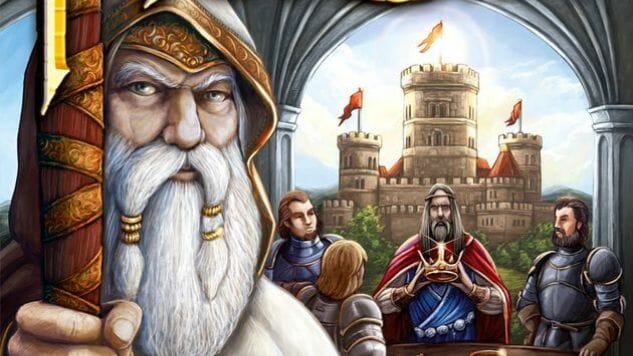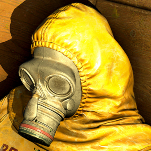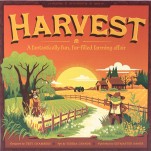The Board Game Merlin Is Startlingly Low on Magic
Art courtesy of Queen Games
I’ve long been a fan of games designed by Stefan Feld, so it almost pains me to say that his newest title, Merlin, is impressively bad—so bad that I can’t figure out if the game is unfinished, if he just mailed this one in rather than fix it, or if this is some sort of elaborate prank on his fans, because it feels like a parody of the games that made him successful in the first place.
Feld’s style of tile or worker placement games sometimes gets the derisive term “point salad,” meaning that players have to try to collect points from multiple sources that often don’t seem very well connected within the game’s theme. But when he gets the design right, his games can be smart, challenging puzzles that are still fun to play, never more so than in Castles of Burgundy, his best title and one of my top ten all-time games. Castles of Burgundy has players try to fill out their own boards by drafting tiles from a common supply, selecting them via dice they’ve rolled and possibly manipulated, and then gaining benefits from every tile placed. You also earn bonuses for filling out terrain areas on your boards, or becoming the first to achieve certain milestones, or trading goods you acquired over the course of the game. You do lots of things, but most are small and simple, and the strategies that work become clear over a few plays.
His other hits have included Notre Dame and La Isla, both a little simpler and shorter to play than Castles; Bruges, which I think is a little too heavy on the influence of the objective cards but still has a few points to recommend it; and Bora Bora, easily the best looking of his games (at least that I’ve tried) but trending a bit too much in that point salad direction. Merlin seems to combine the worst of all of these: You’re placing workers, collecting stuff, meeting objectives on cards, and you’re lucky if anything you do is worth as much as 3 points. I’ve played very few Euro games that felt this busy and yet still this futile.
The game has six rounds, and in each round players roll their own set of four dice (three in their player color, one white), so they get 24 actions in total over the course of the game. A player can use one die of his player color to move his player token clockwise around the rondel on the game board, and then takes the action of the space where the token lands. With three dice rolled per round, the order in which the player deploys the dice matters; players each start the game with one apple token that can be used to turn one die to any number desired. Merlin does appear in the game as a non-player character—his token is on the player rondel in the center of the very busy board, and all players can move Merlin once per round and take the action of the space where he lands. Each player starts the game with three Merlin staffs that can be used (and discarded) to repeat the action where Merlin landed. Merlin can be moved clockwise or counterclockwise, because he’s Merlin, I guess.
-

-

-

-

-

-

-

-

-

-

-

-

-

-

-

-

-

-

-

-

-

-

-

-

-

-

-

-

-

-

-

-

-

-

-

-

-

-

-

-









































